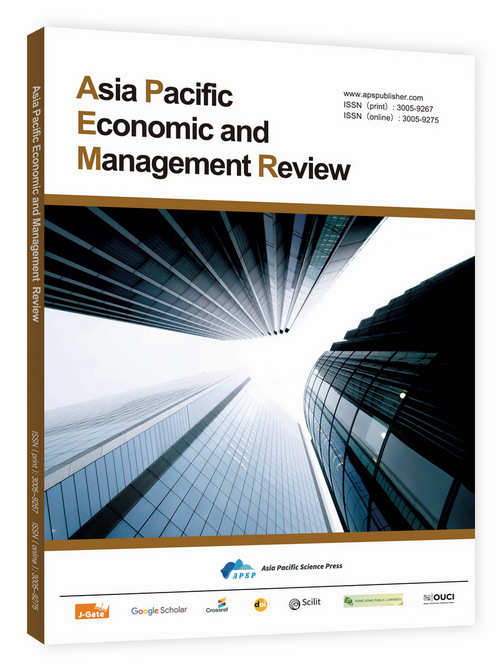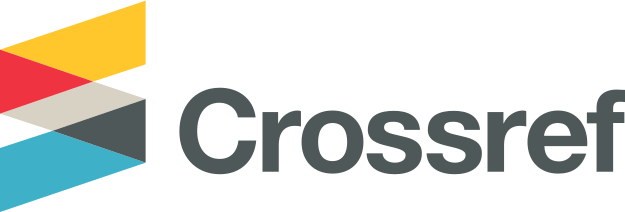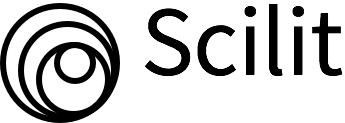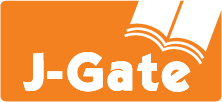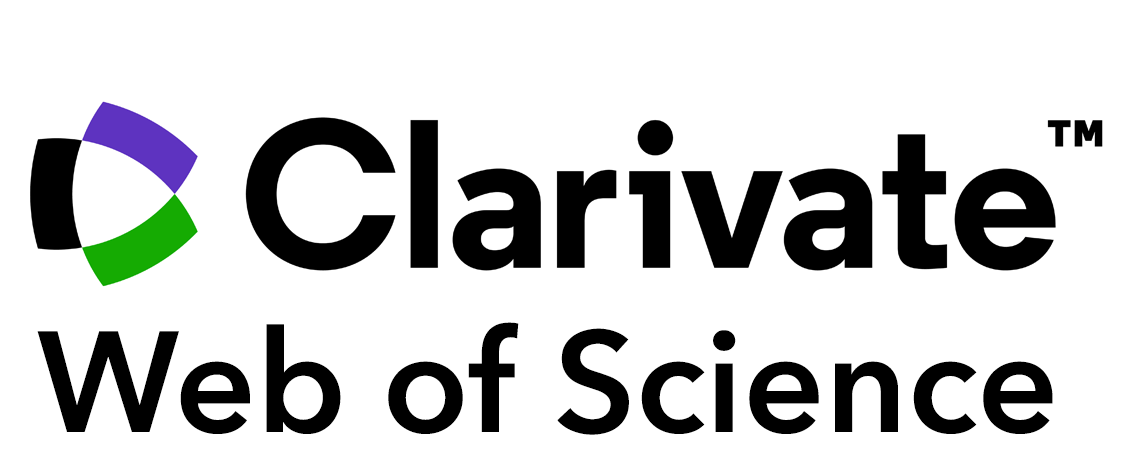Push and Pull Factors in Affecting Chinese Tourists' Decision to Visit the NBA Games
DOI:
https://doi.org/10.62177/apemr.v1i1.259Keywords:
Push-Pull Motivation, NBA Games, Visiting IntentionsAbstract
This study explores the push and pull factors of Chinese people's motives to watch NBA games by visiting NBA destinations with the purpose of having a better understanding of the relationship between various push and pull factors and NBA visiting intentions. Through critically analyzing the past studies on various motivation theories, this study employs the push and pull motivation theory to collect 105 (N=105) samples by using an online questionnaire survey, containing totally 25 questions. By using the descriptive analysis and correlation analysis, this study carefully explores four dimensions of the push factors (enjoying nature, escape, excitement, and social networking), and five dimensions of pull factors (location and accessibility, game promotion, economic consideration, schedule convenience, and security concerns). The result shows that various push and pull factors jointly affect Chinese people's motives to visit NBA destinations. This offers new insights for developing more effective marketing strategies for active sport tourism, especially in Chinese context.
Downloads
References
Ayoub, D., & Mohamed, D. N. H. S. (2024). The impact of push-pull motives on internal tourist’ visit and revisit intentions to Egyptian domestic destinations: the mediating role of country image. Humanities and Social Sciences Communication, 11, 358. DOI: https://doi.org/10.1057/s41599-024-02835-7
Bentley, T. A., & Page, S. J. (2008). A decade of injury monitoring in the New Zealand adventure tourism sector: A summary risk analysis. Tourism Management, 29, 857–869 DOI: https://doi.org/10.1016/j.tourman.2007.10.003
Colombo, A., & Marques, L. (2020). Motivation and experience in symbiotic events: an illustrative example grounded in culture and business events. Journal of Policy Research in Tourism, Leisure and Events, 12(2), 222-238. DOI: https://doi.org/10.1080/19407963.2019.1657437
Crompton, J. L. (1979). Motivations for Pleasure Vacation. Annals of Tourism Research, 6(4), 408-424. DOI: https://doi.org/10.1016/0160-7383(79)90004-5
Dann, M. S. (1977). Anomie, Ego-Enhancement and Tourism. Annals of Tourism Research IV(4), 184-194. DOI: https://doi.org/10.1016/0160-7383(77)90037-8
Egresi, I., & Kara, F. (2024). Motives of tourists attending small-scale events: The case of three local festivals and events in Istanbul, Turkey. Geojournal of Touris and Geosites, 14(2), 94-111.
Ferreira, M., & Armstrong, K. L. (2004). An exploratory examination of attributes influencing students' decisions to attend college sport events. Sport Marketing Quarterly, 13(4), 194-208.
Fortune Business Insights. (2024, November 18). Sport tourism market size, share & industry analysis. https://www.fortunebusinessinsights.com/sports-tourism-market-110568
Funk, D., Mahony, D., & Ridinger, L. (2002). Characterizing consumer motivation as individual
difference factors: augmenting the Sport Interest Inventory (SII) to explain level of spectator support. Sport Marketing Quarterly, 11(1), 33–44.
Gibson, H. J. (2004). Moving beyond the “what is and who” of sport tourism to understanding “why”. Journal of Sport & Tourism, 9(3), 247-265. DOI: https://doi.org/10.1080/1477508042000320232
Holden, A., & Sparrowhawk, J. (2002). Understanding the motivations of ecotourists: the case of trekkers in Annapurna, Nepal. The International Journal of Tourism Research, 4(6), 435. DOI: https://doi.org/10.1002/jtr.402
Hungenberg, E., Gray, D. P., Gould, J., & Stotlar, D. (2016). An examination of motives underlying active sport tourist behavior: a market segmentation approach. Journal of Sport & Tourism, 20(2), 1-21. DOI: https://doi.org/10.1080/14775085.2016.1189845
Krippendorf, J. (1987). The Holiday Makers. London: Heinemann.
Li, X., & Petrick, J. (2006). A review of festival and event motivation studies. Event Management, 9(4), 239-245. DOI: https://doi.org/10.3727/152599506776771526
Jeong, Y., Kim, S., & Yu, J. (2019). Determinants o behavioral intentions in the context of sport tourism with the aim of sustaining sporting destinations. Sustainability, 11(11), 3073. DOI: https://doi.org/10.3390/su11113073
Jeong, Y. (2023). Exploring tourist behavior in active sports tourism: An analysis of the mediating role of emotions and moderate role of surfing identification. Sage Journals, 13(3), 1-15. DOI: https://doi.org/10.1177/21582440231195486
Malchrowicz-Mosko, E., Chlebosz, K. (2019). Sport spectator consumption and sustainable management of sport event tourism; fan motivation in high performance sport and non-elite sport. A case study of horseback riding and running: A comparative analysis. Sustainability, 11(7), 1-18. DOI: https://doi.org/10.3390/su11072178
Min, S. D., Zhang, J. J., & Byon, K. K. (2022). Push and pull factors associated
with the consumption of women’s professional basketball games: A canonical correlation analysis. Frontiers in Psychology, 1-15.
Mishra, S., Malhotra, G., Johann, M., & Tiwari, S. R. (2021). Motivations for participation in active sports tourism: a cross-national study. International Journal of Event and Festival Management ahead-of-print, 1-22. DOI: https://doi.org/10.1108/IJEFM-06-2021-0045
Mehmetoglu, M. (2011). Examining the relationship between push and pull factors through partial least-squares path modeling. Advances in Hospitality and Leisure, 7, 153-171. DOI: https://doi.org/10.1108/S1745-3542(2011)0000007012
Naghiloo, Z., Asgarian, F., Moharramzadeh, M., Nobakht, F., & Sajjad, S. (2011). Study of push, pull, and restraint factors of sports tourism in North-West Iran. Australian Journal of Basic and Applied Science, 5(8), 336-339.
Nguthi, S. T., Kambona, O., & Wadongo, B. (2021). Pull Motivation Factors Influencing Tourists’ Destination Loyalty in the Lake Victoria Region Tourism Circuit, Kenya. Journal of Hospitality and Tourism, 1(1), 1-18. DOI: https://doi.org/10.47672/jht.698
Nikou, S., & Luukkone, M. (2023). The push-pull factor model and its implications for the
retention of international students in the host country. Higher Education, Skills and Work-Based Learning, 14(1), 76-94.
Purwanto, E., & Harrani, A. R. (2019). Understanding the place attachment and place identity in public space through the ability of community mental map. IOP Conference Series: ]Earth and Environmental Science, 402, 1-11. DOI: https://doi.org/10.1088/1755-1315/402/1/012024
Qian, Y., Wang, J. J., & Zhang, J. (2020). Push and pull factors in E-sports livestreaming: A partial least squares structural equation approach. International Journal of Sport Communication, 13(4), 621-642. DOI: https://doi.org/10.1123/ijsc.2020-0001
Sedky, D., Kortam, W., & AbouAish, E. (2022). The role of sports marketing in attracting audiences towards less popular sports. Journal of Humanities and Applied Social Sciences, 4(2), 113-131. DOI:10.1108/JHASS-04-2020-0059 DOI: https://doi.org/10.1108/JHASS-04-2020-0059
Tomik, R., Gorska, K., Staszkiewicz, A., Polechonski, J. (2014). Motives for participation in active sport tourism- participants of holiday windsurfing camps. Baltic Journal of Health and Physical Activity, 6(3), 222-228. DOI: https://doi.org/10.2478/bjha-2014-0021
Trail, G. T., & Kim, Y. K. (2011). Factors influencing spectator sports consumption: NCAA women’s college basketball. International Journal of Sports Marketing & Sponsorship, 13(1), 55-77. http://dx.doi.org/10.1108/IJSMS-13-01-2011-B006 DOI: https://doi.org/10.1108/IJSMS-13-01-2011-B006
Wang, X., Zhang, J., Song, G., & Wan, X. (2020). Push and pull factors influencing the winter sport tourists in China: The case of leisure skiers. Sage Open, 1-12. DOI: https://doi.org/10.1177/2158244020938739
Yu, C. C. (2010). Factors that influence international fans’ intention to travel to the United States for sport tourism. Journal of Sports & Tourism, 15(2), 111-137. DOI:10.1080/14775085.2010.498249 DOI: https://doi.org/10.1080/14775085.2010.498249
Downloads
How to Cite
Issue
Section
License
Copyright (c) 2024 Dongping Fan, Zhehao Yang, Shiyuan Zhang

This work is licensed under a Creative Commons Attribution-NonCommercial 4.0 International License.

